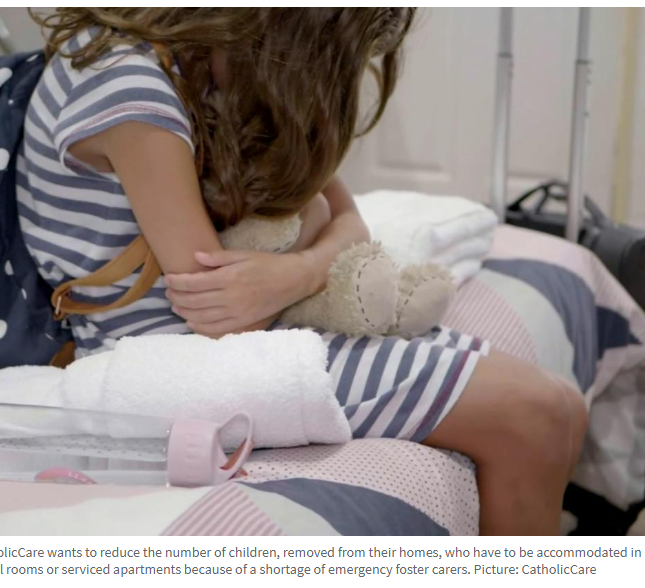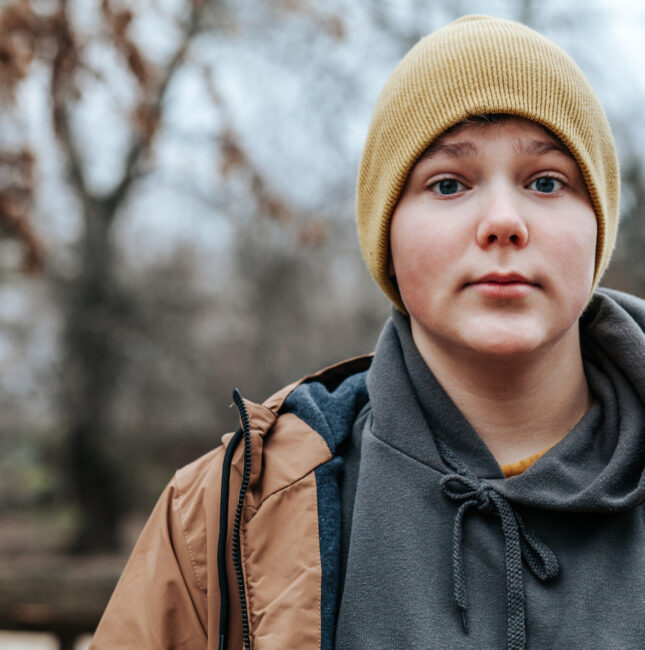We need more foster carers to open their homes to vulnerable children and young people. So many local children and young people are benefiting from the kindness and guidance of our amazing carers.
Our foster carers are everyday people. They come from all walks of life, cultures and backgrounds. They may be working – or not, in a relationship – or not, have other children – or not. The most important attributes of a foster carer are a big heart and a lot of patience. Here is a snapshot of what’s involved in becoming a foster carer. It may seem complicated, but we simplify everything for you and are here to walk you through each step.
If you’re keen to know more please reach out to Sandra today on (02) 9481 2600 or info@catholiccaredbb.org.au.
Step 1: Complete our eligibility tool
Step 2: Complete your application
Step 3: Undergo background checks
Step 4: Assessment interviews take place
Step 5: Undergo training
Step 6: Approvals take place
Step 7: Welcome a child or young person
Latest foster Care news
Blake’s youth work story
Every few months, CatholicCare hosts a Youth Worker information night to attract prospective employees for the Permanency Support Program. Attendees come and go, with some deciding to apply for a Youth Worker position and others going on their merry way in search of the right career.
Read MoreAlice dreams of becoming a doctor
Moving 1½ hours away when you’re 16 years old is hard at the best of times. But for Alice and her sisters who live with CatholicCare foster carers, Julie and John, their move coincided with the beginning of a lengthy lockdown.
Read MoreIn the news – the urgent need for foster carers
Up to 30 kids need emergency accommodation each night on the Northern Beaches, but many are forced to sleep in motel rooms due to a desperate shortage of foster carers. As many as 30 children — some aged just five — need emergency accommodation each night on the Northern Beaches.
Read MoreAdam’s embracing care & taking steps to a brighter future
A difficult start in life and added trauma along the way led young Adam to develop some challenging behaviours, disengage with school and use anger as a barrier against the world. But the supports he has received while living in one of our Intensive Therapeutic Care homes has seen a number of small breakthroughs which are helping him to identify his emotions, modify his behaviour and re-engage with education.
Read More




